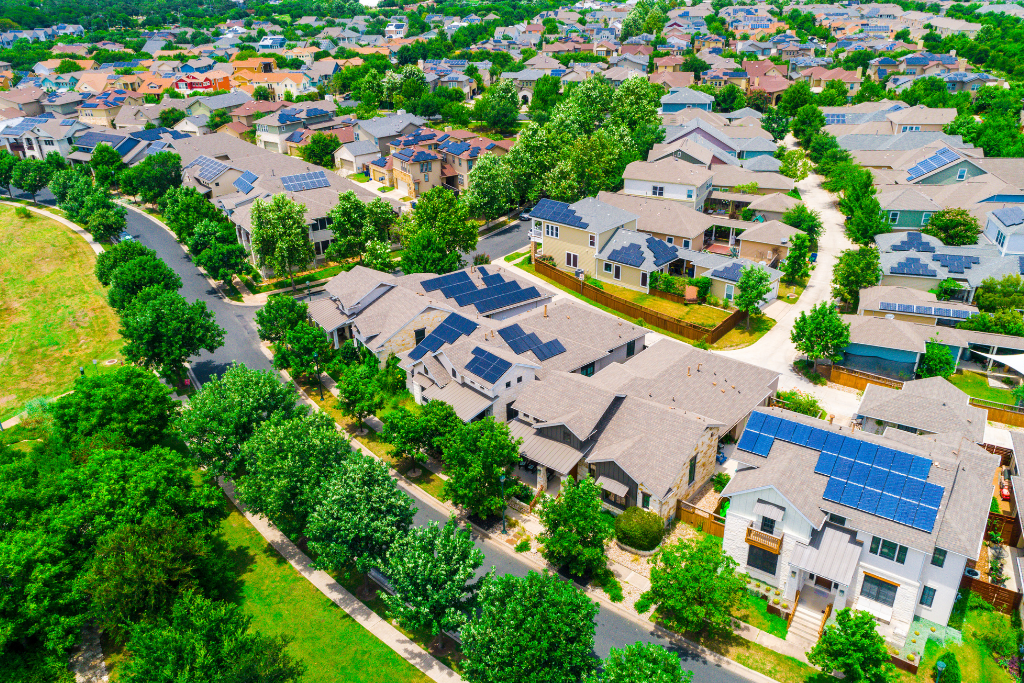Installing solar panels at your home or business is not the only option of converting to solar energy. Solar power clients across the United States are now participating in community solar projects to communicate the costs and benefits of solar installations. This opportunity is beneficial as it serves major financial interests while also tending to the environmentally conscientious since it is a renewable energy source
Community Solar
Community solar is about solar photovoltaic (PV) projects. This is also called solar panel systems. Many solar panel clients such as homeowners, renters, consumers, businesses, and nonprofit organizations partake in community solar. Clients invest in or subscribe to the shared solar panel system. The goal is to generate solar power for their residential locations. These subscribers and clients receive credits on their utility bills for any excess energy produced.
This process is called net metering. The bigger the investment in a system, the more energy, credits, and savings subscribers or clients receive. Community solar projects are referred to as solar co-ops. Community solar gardens and community solar farms are the most prominent instances of solar co-ops.
State or local governments, municipal utilities, electric co-ops, or investor-owned utilities lead these communities. Do not confuse community solar with group purchasing. Group purchasing is when numerous home or business owners come together to purchase solar panel systems at bulk prices. This process is not recognized as community solar since the installations are private. Community solar is a shared operation.
Customer Benefits
- Net metering allows community solar customers to save on their electricity bills.
- Community solar allows renters as well as those who can’t install solar panels on their property to convert to solar energy. Renters usually are not permitted to install solar panel systems. The investment would not be sensible for renters. Some homeowners do not have a suitable roof, wall, or ground area for solar panel installations, deeming them ineligible.
- If a resident moves, they can simply take their solar savings with them. Homeowners must sell or uninstall their solar equipment and move their solar panels if they change residences. With community solar projects, all one has to do is update their address.
- Community solar is a financially inclusive service. You will have to be able to make a considerable, substantial investment or qualify for a loan in order to purchase a private solar panel system. There is a significantly smaller financial standard with community solar projects. With community solar projects you can choose the size of your share or pay a monthly fee.
- Maintenance is not a major concern with community solar. Solar panel installations on your property are essentially your responsibility. This also includes cleaning, maintenance, and small repairs. Community solar projects handle all of this through a project manager.
- Shareholders are also eligible for federal solar tax credits. With federal solar tax credits, you are able to deduct up to 26% of your investment the next time your taxes are filed. This benefit is unfortunately only available to those who own part of the solar project. Subscribers are not eligible.
Installation
Solar panel installations on your property are essentially your responsibility. This also includes cleaning, maintenance, and small repairs. A solar installer is also called a PV installer, installs solar panels on people’s homes, businesses, or on land. A PV installer is also in charge of the maintenance of the solar panels. Installers bear the responsibility of grounding the important and necessary equipment.
Solar installers ensure safety standards and codes are intact in the process of installation. The majority of the installation labor would be outdoors and usually requires workers to be high off the ground. Community solar projects handle all of this through a project manager.
A solar panel installer first analyzes a client’s requirements, preferences, and location. The next step is to install solar panels to meet the client’s needs. This process consists of measuring the area and incorporating adjustments so the panels properly fit. They would also need to meet codes as they install the equipment.
INVEST IN YOUR OWN ENERGY
This means installers would make sure that the wiring is done properly and necessary items are grounded in order to avoid potential dangers and failure to generate electricity. Since solar panels convert sunlight to electricity, they must also connect the panels to an electrical system. Solar installers are to also handle maintenance and system checks at the assigned locations.
These locations are typically outdoors. Installers occasionally work alone but most installations require teams. A solar installer, sometimes called a solar photovoltaic or PV installer, is someone who is familiar with and skilled in the installation of solar energy systems. Solar installers assess the preferences of their clients and then determine the number and kind of panels, and how many batteries are needed to meet the necessary energy output.
They also analyze the available space for installation. PV installers work on a variety of tasks. Some services are from residential solar companies that specialize in installing solar panels on people’s homes. Others work in commercial solar power systems. Commercial solar power is usually larger and requires a team effort.
Utility Benefits
Customers are not the only group that benefits from community solar projects. They’re also ideal for utilities. This is mainly due to the systems that are not bound to a specific location. The utilities can strategically locate community solar projects wherever on the grid. The location is key as it can help obtain the most benefit. Enabling location options is a major perk. Several utility companies see community solar projects as fundamental opportunities to better serve their clients and boost significant engagement with them.
How Does Community Solar Work?
Community solar projects allow members to share the costs and benefits of solar panel installations to make it easier to participate and create an environment that depends on renewable energy. One thing to note however is, community solar projects may function somewhat differently depending on the exact model. The main community solar project classifications to make note of are ownership vs. subscription models and on-site vs. off-site models.

